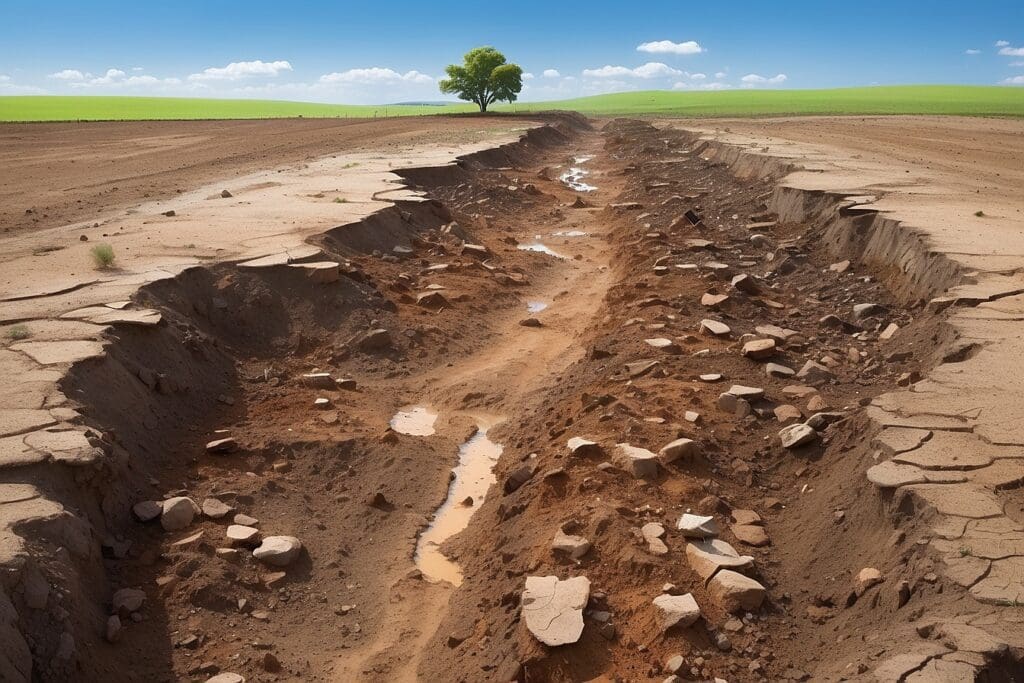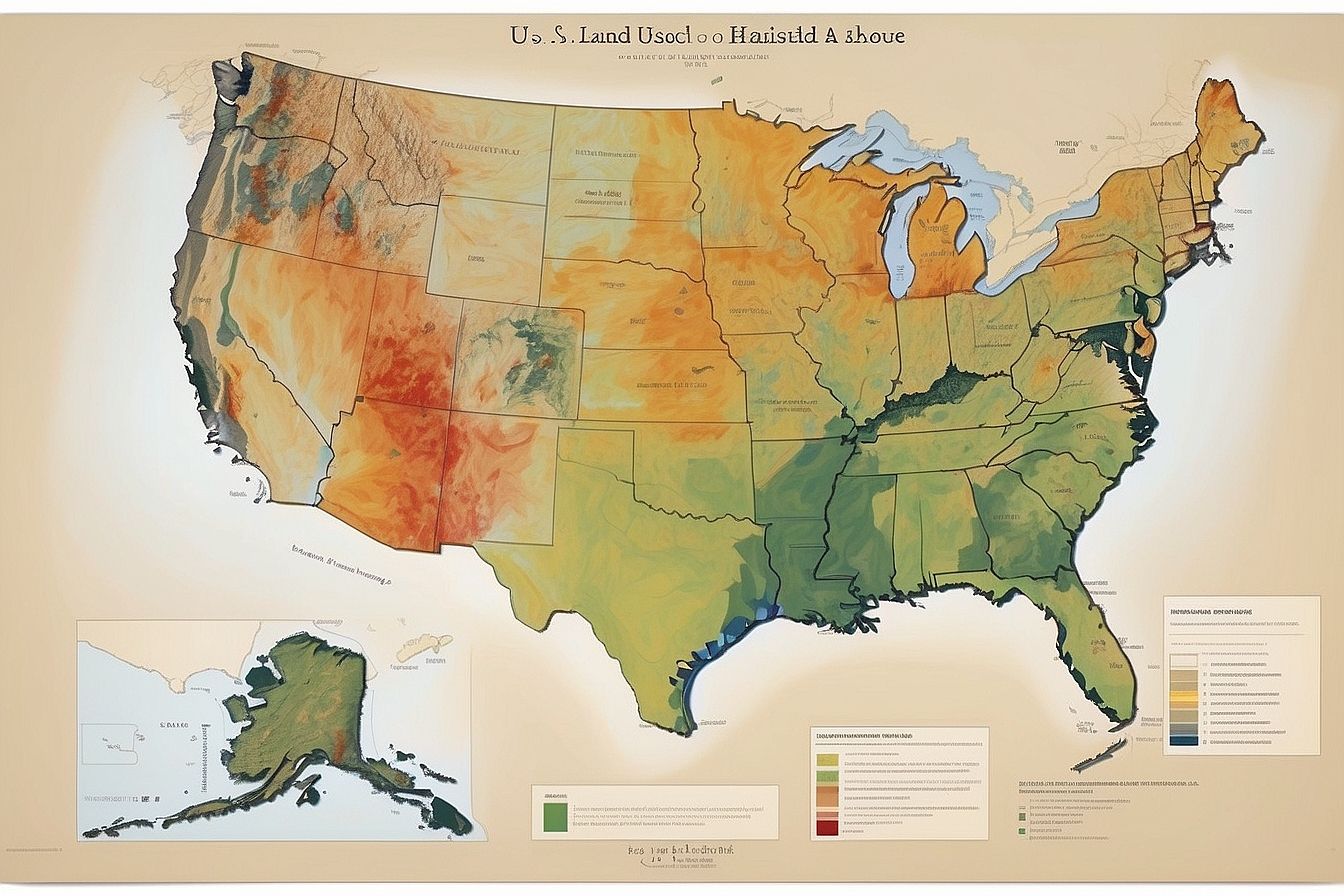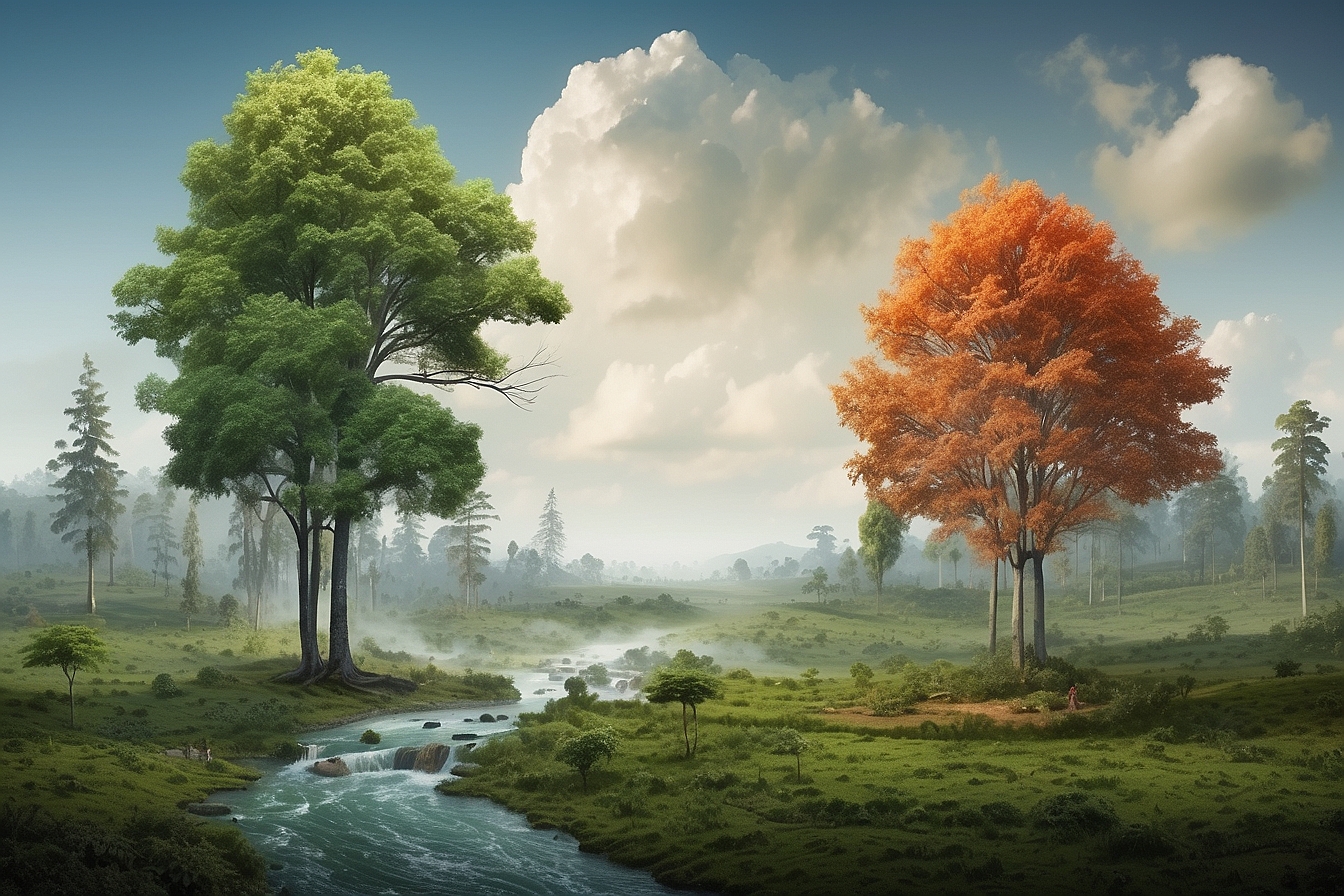Soil is perhaps one of the most overlooked and least understood natural resources of planet Earth. Soil is estimated to cover approximately 10 percent of our planet.1 To most, soil is nothing more than a murky brown substance from which plants sprout as part of the natural cycle of agriculture . If one looks beyond appearances, however, soil is studied as a complex material that houses numerous ecological systems on a microscopic level. The soil that we are familiar with is in fact a mixture of rocks, minerals, air, water, and humus, which is decomposing organic matter.2
 There are several layers of soil under the earth’s surface,3 as well as several different types of soils found in various geographical regions. The layers closest to the surface are the most fertile for agriculture, and soils indeed come in many colors and compositions. Red soil, for example, is rich in iron and can be found it certain parts of Africa,4 while brown soils tend to be more ubiquitous and found in more temperate climates.5
There are several layers of soil under the earth’s surface,3 as well as several different types of soils found in various geographical regions. The layers closest to the surface are the most fertile for agriculture, and soils indeed come in many colors and compositions. Red soil, for example, is rich in iron and can be found it certain parts of Africa,4 while brown soils tend to be more ubiquitous and found in more temperate climates.5
Soils can come in a variety of flavors in a variety of lands far and wide, but plays an integral role in global ecology no matter how iron rich or sandy the soil. The most evident role is soil’s role in promoting crop yields. This is how food is grown to feed the world’s populations—clearly soil is a very important resource.6 Additionally, the substance is also essential for excessive air pollutants .9;10 As important of a role as soil plays in the survival of each and every living organism on the planet, human activity in the form of unfavorable agricultural practices and mass industrialization are resulting in the degradation of soil quality that may result in far-reaching and irreversible environmental consequences.
What is Soil Degradation?
https://greeniacs.10web.site/GreeniacsArticles/Land/Deforestation.html”>deforestation (30%).12 As broad factors, these are significant on a regional basis. For example, in the United States, the primary reason for degradation can be attributed to unsustainable agricultural processes and less so on grazing.
Human Influences on Soil Degradation
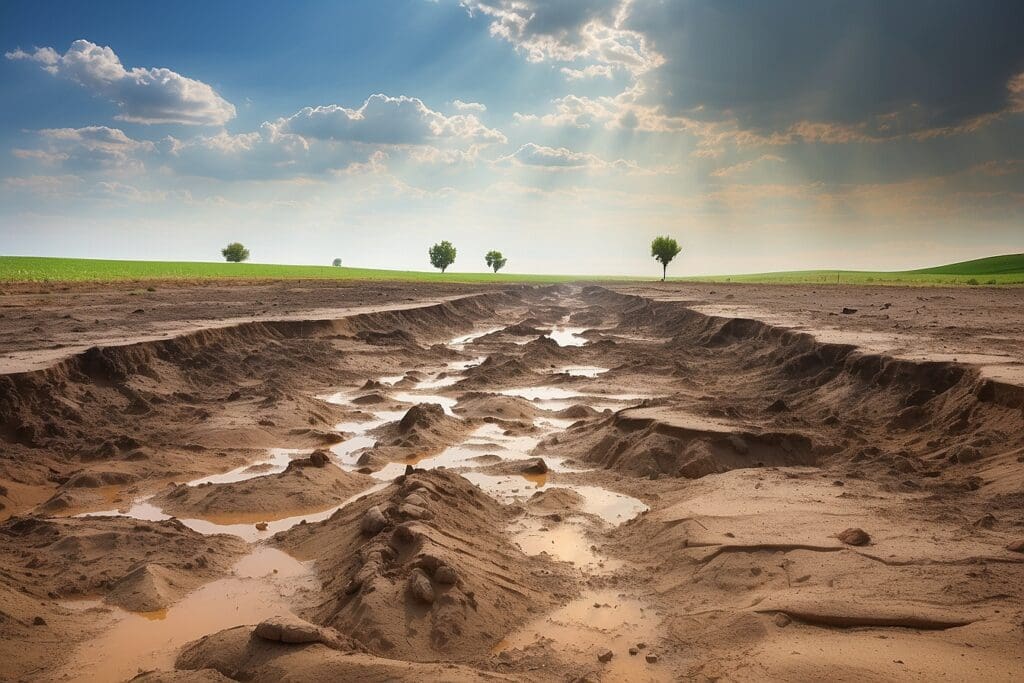
- Overgrazing
Overgrazing can be defined as the excessive consumption of plant matter by herbivorous animals as a result of husbandry (i.e. creating food for human consumption through livestock and crops) practices.13 Overgrazing can have a major impact on soil quality through a series of many complex interactions. The loss of plant matter can lead to a significant increase in soil surface temperatures, as a result of shading loss and lack of water retention in plant tissue, which furthermore leads to the excessive vaporization of water from the top soil. In addition, overgrazing has a long term effect of reducing average root depth by shortening plant life cycles, which furthermore contributes to soil dryness.
- Deforestation
extreme weather events in the near future, which would inevitably lead to greater soil degradation.15 Although it is difficult to create distinct categories of soil degradation, the issue can be roughly grouped into three broad categories that are interlinked—desertification, erosion, and salinization/nutrient loss.
Types of Soil Degradation
- Desertification
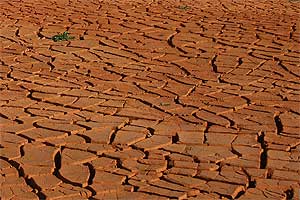 iiiThe drastic increase in the aridity of soil described above is often described as desertification, which represents a serious form of soil degradation. As the name implies, desertification involves the dramatic loss of vegetation as a result of moisture depravation that may be attributed to overgrazing.16 The interconnectedness of various human activities resulting in soil damage can not only amplify an ongoing trend of global desertification, but further complicates efforts to thwart a multivariable environmental issue. Desertification has a particularly pronounced effect in semi-arid regions, which is unfortunate given that a third of the earth’s land surface is arid or semi-arid. It is predicted that 17% of the earth’s surface will become desert by the turn of the next century, and such a drastic ecological shift may disproportionately affect populations at more vulnerable socioeconomic levels.17 For example, nations on the periphery of both the Sahara and Kalahari Deserts are witnessing a rapid progression of desertification, and these nations also house much poorer populations relative to most western nations.
iiiThe drastic increase in the aridity of soil described above is often described as desertification, which represents a serious form of soil degradation. As the name implies, desertification involves the dramatic loss of vegetation as a result of moisture depravation that may be attributed to overgrazing.16 The interconnectedness of various human activities resulting in soil damage can not only amplify an ongoing trend of global desertification, but further complicates efforts to thwart a multivariable environmental issue. Desertification has a particularly pronounced effect in semi-arid regions, which is unfortunate given that a third of the earth’s land surface is arid or semi-arid. It is predicted that 17% of the earth’s surface will become desert by the turn of the next century, and such a drastic ecological shift may disproportionately affect populations at more vulnerable socioeconomic levels.17 For example, nations on the periphery of both the Sahara and Kalahari Deserts are witnessing a rapid progression of desertification, and these nations also house much poorer populations relative to most western nations.
- Erosion
In a similar fashion, the loss of plant life attributed to human activity has a significant impact on the ability of soil to maintain its structural integrity. Desertification results in a much drier and sandier soil that can easily be carried as runoff during rainstorms or even in conditions of high wind.18 The erosion of top soil results in the permanent loss of life sustaining soils that take thousands of years to form. Indeed, one inch of soil takes approximately 1000 years to form!19 Moreover, erosion of soil can lead to significant pollution of lakes and rivers that can result in numerous challenges attributed to agricultural runoff .
- Salinization/Nutrient Loss
Apart from the physical loss of soils attributed to desertification and erosion, the quality of soil to sustain life can be significantly impacted by the excessive accumulation of salts in the top soil layer.20 Salinization can occur when the water table rises beneath the soil surface, resulting in the migration of salts from the water table to the top soil layer. The rise in water table itself can be an issue stemming from the loss of deep rooted vegetation, or in other words through overgrazing and deforestation. The accumulation of salts can create environments that are destructive to plant tissue, thereby reducing crop yields through effectively dehydrating the crop.
Another major threat to soil quality comes in the form of nutrient loss, which includes the loss of essential organic nutrients and minerals such as potassium, sodium, and nitrogen. Nutrient loss can occur more directly through the physical loss of top soil due to erosion , or as a result of agricultural practices that overuse the same variety of crop on a particular plot of land. The theory behind this form of nutrient loss rests in a well characterized understanding of food crops as living systems with varying nutritional requirements. For example, if one were to continuously over years plant alfalfa, a crop requiring high nitrogen inputs,21 the nitrogen content of the soil would gradually decrease due to the lack of regeneration time for the nutrient. Crop rotation usually solves this predicament through the seasonal planting of crops with varying nutritional requirements. Highly industrialized agricultural practices, however, may not rotate crops as much as needed on a seasonal basis resulting in the gradual degradation of soil quality.
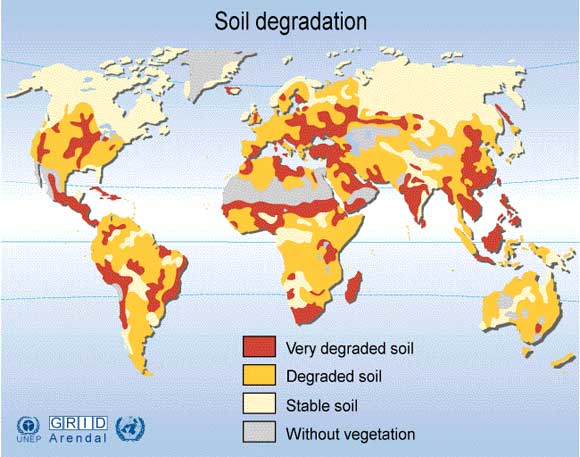 iv
iv
Soil degradation is perhaps one of the most intertwined and significant environmental issues that we should not allow to be overshadowed amongst the backdrop of deforestation and furthermore enforce sustainable agricultural practices that would prevent soil degradation. To imagine a world without soil is to imagine a world without life itself, devoid of humanity or any resemblance to the planet whose fruits we have enjoyed for thousands of years. It is therefore critical that soil degradation is central to agricultural reform and the promotion of a more sustainable environment that mitigates irreversible soil loss.

